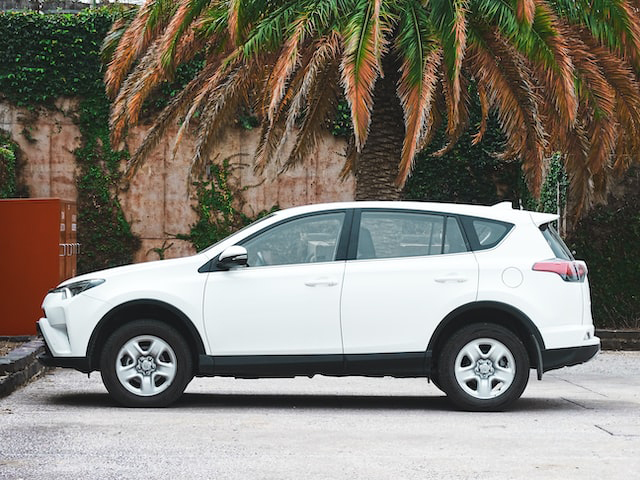Many people considering Chapter 7 bankruptcy express concerns about what will happen to their car if it has an outstanding loan. Some people want to keep their car. In a Chapter 7 bankruptcy, there are three options in how to deal with a car with a loan on it: (1) redeem the car for its value, (2) reaffirm the debt, or (3) surrender the car.
Car loans consist of two agreements: (1) a promissory note where the lender pays a sum of money to the seller and the borrower promises to pay it back, and (2) a security agreement where the borrower promises the lender a security interest, which in this case is the car. If the borrower doesn’t pay, the lender can repossess the car and sell it to get back some of what’s owed on the loan.
Redemption means paying the lesser of either: fair market value of the car or the outstanding balance. Redemption funding is sometimes available.
Reaffirming the debt is promising the lender you’ll repay the original loan or renegotiating the loan in exchange for keeping the car. The lender will have to agree to terms. You will sign the agreement and file it with the bankruptcy court.
Your attorney may approve the reaffirmation agreement, or the judge will decide if the agreement is in your best interest.
The judge will do this by weighing your income against the amount owed on the car and its value.
Surrendering the car is just what it sounds like: giving the car back.



